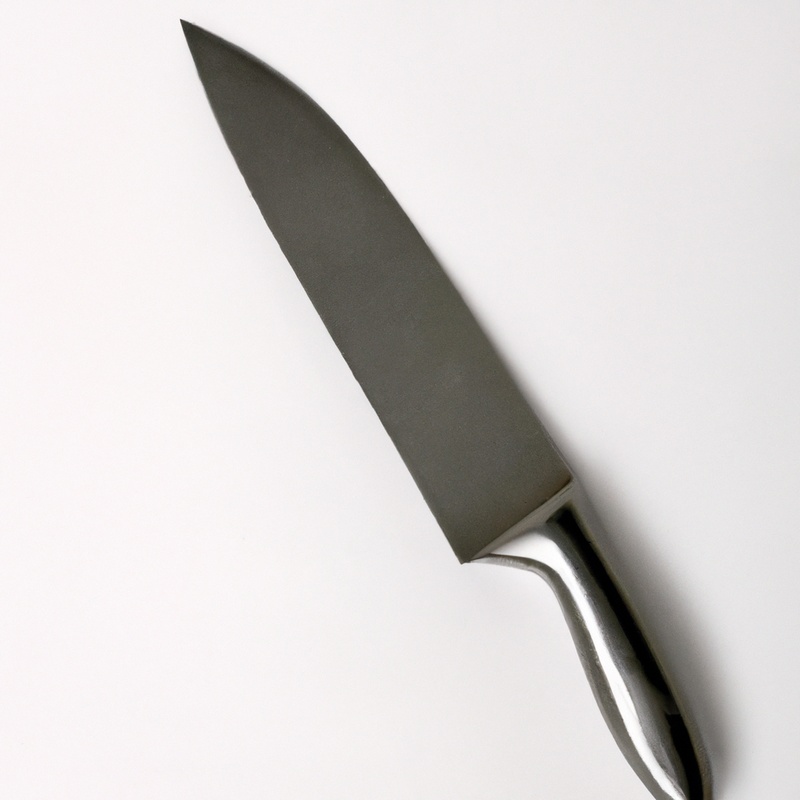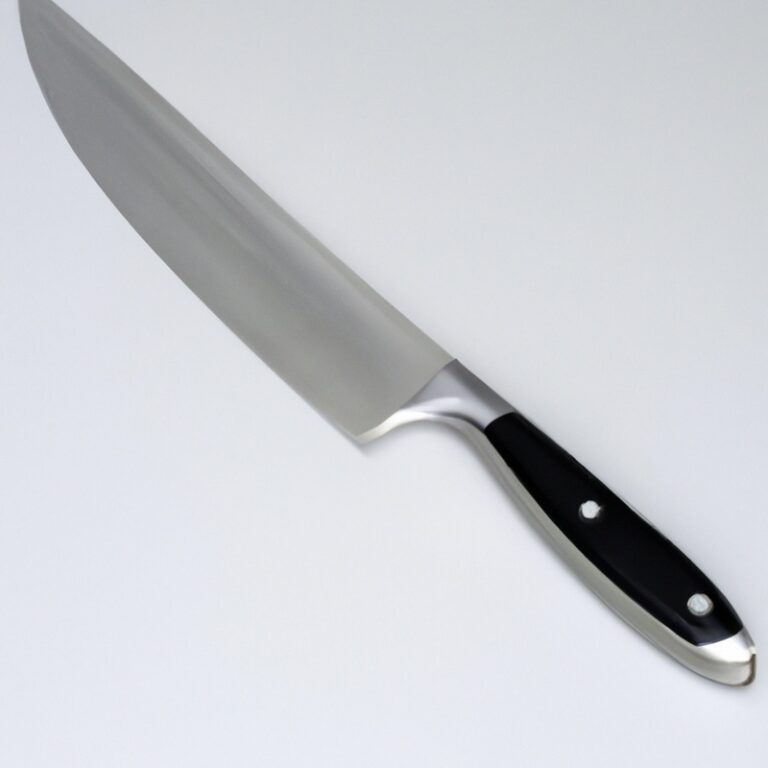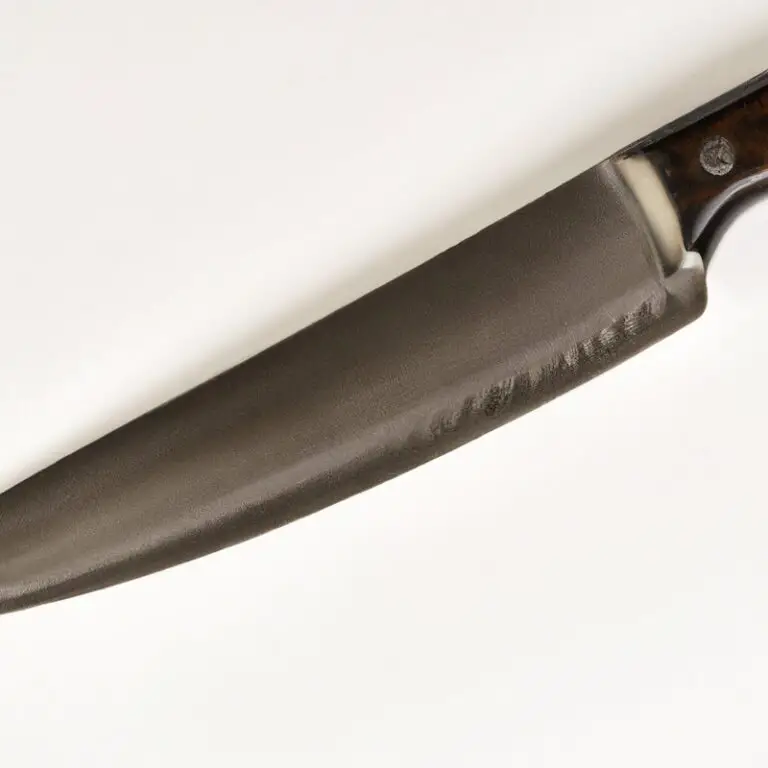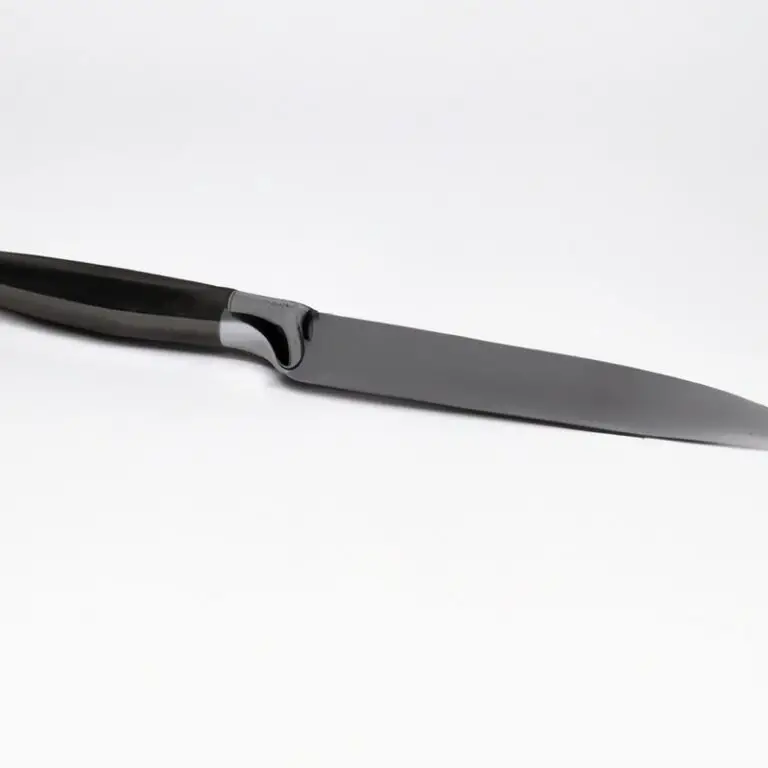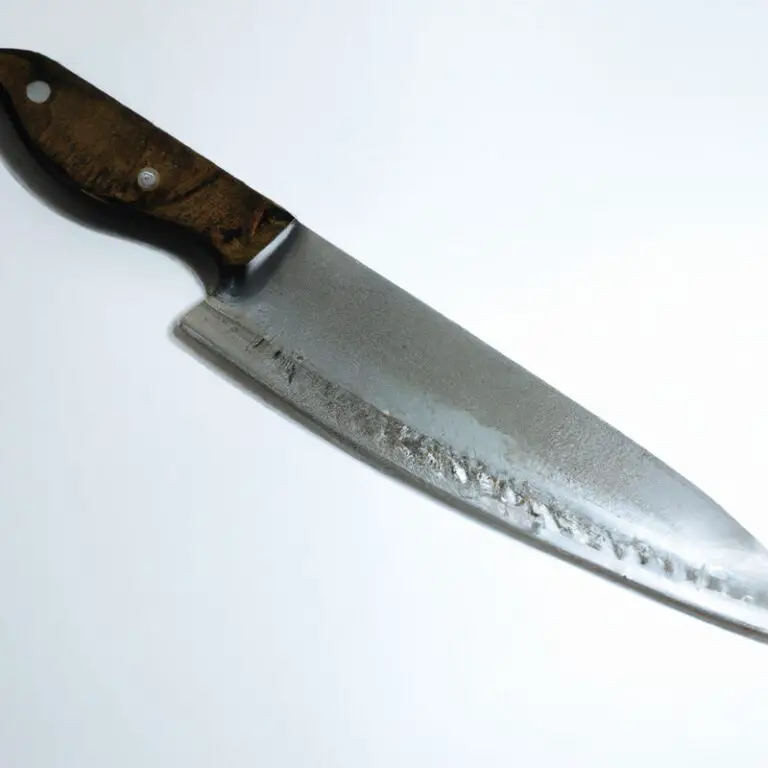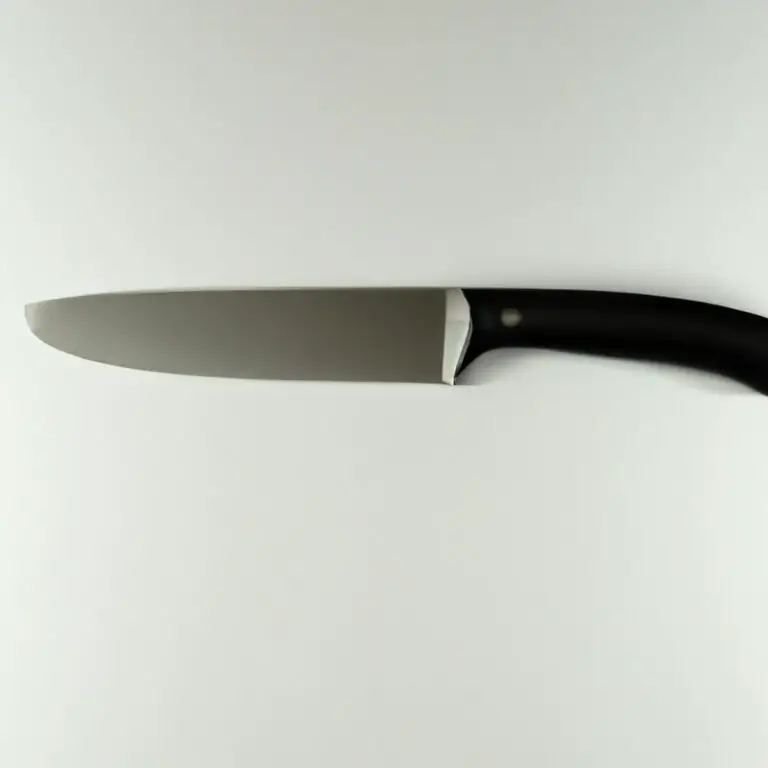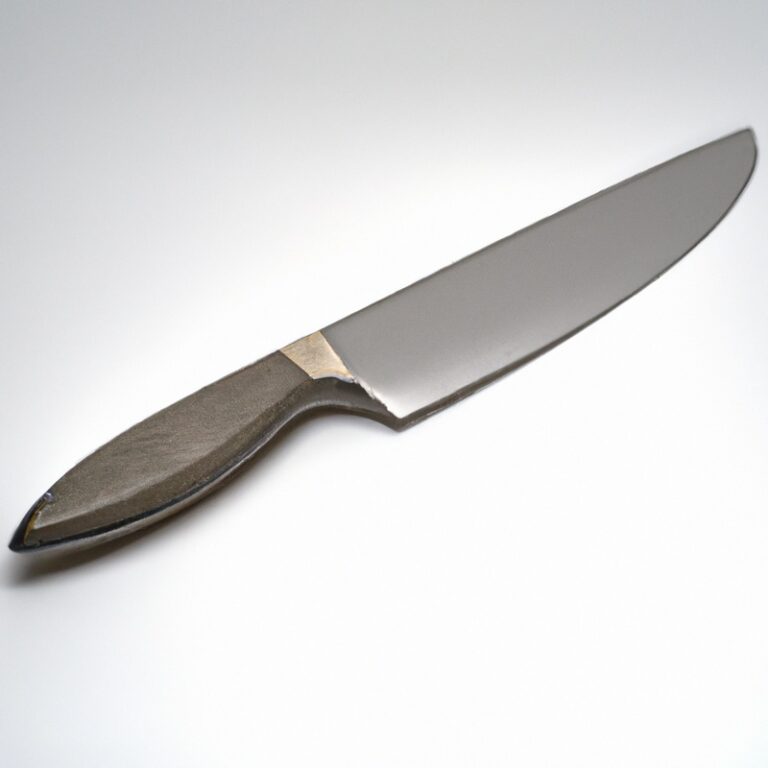How To Fillet a Crappie Using a Fillet Knife? Expert Tips
Key Takeaways:
- Use a sharp fillet knife to make clean and precise cuts.
- Begin by making an incision behind the gills and work towards the tail.
- Pay attention to the bones and remove them using a pair of pliers or tweezers.
- Practice and patience are key to mastering the art of filleting a crappie.
If you love fishing, then you know the reward of preparing and cooking your own catch. And if you have heard of the crappie fish, then you know they are a favorite for their mild and delicate taste.
But filleting this fish can be tricky – unless you know how to do it right.
In this article, I will guide you through the process of filleting a crappie using a fillet knife. From understanding the anatomy of a crappie to choosing the right knife for the job, we’ll cover everything you need to know to fillet your crappie with confidence and ease.
| Steps | Description |
|---|---|
| Step 1 | Clean the fish: rinse the crappie in cold water and pat dry with a paper towel. |
| Step 2 | Place the crappie on a cutting board and make a cut behind the gills towards the backbone. |
| Step 3 | Turn the crappie over and make a similar cut behind the gills towards the backbone on the other side. |
| Step 4 | Make a cut along the backbone, starting from the top of the fish towards the tail. |
| Step 5 | Insert the fillet knife at the base of the crappie’s head, parallel to the spine. |
| Step 6 | Gently slice along the spine towards the tail, following the contour of the fish. |
| Step 7 | Once you’ve reached the tail, turn the knife and cut through the skin and remaining bones to release the fillet. |
| Step 8 | Repeat steps 5-7 on the other side of the fish to make the second fillet. |
| Step 9 | Trim away any remaining bones or pieces of skin from the fillets with the fillet knife or a pair of kitchen scissors. |
Understanding the Anatomy of a Crappie for Filleting
To properly fillet a crappie, it is essential to understand its anatomy. A crappie has a thin, elongated body with pointed snout and a small mouth.
It has sharp operculum bones and a lateral line that runs from the gill plate to the tail.
The crappie’s dorsal fin is located near the middle of its body, while the anal fin is close to its tail. To fillet a crappie, you need to make precise incisions along the fish’s anatomy, particularly around its bone structure.
An understanding of the crappie’s anatomy is crucial to avoid wasting valuable meat and damaging the fillet.
Once you grasp the essentials of a crappie’s anatomy, you can make clean and swift cuts with a fillet knife.
Choosing the Right Fillet Knife for Crappie Filleting
Choosing the right fillet knife for crappie filleting is crucial for achieving a clean and precise cut. A fillet knife with a thin and flexible blade is ideal for filleting crappie as it can easily glide through the delicate flesh and bones.
Look for a blade length of around 6-8 inches, and ensure that the handle is comfortable and easy to grip.
There are various materials to choose from when it comes to fillet knives, including stainless steel, high carbon steel, and ceramic. Stainless steel is a popular and affordable option that is easy to maintain, while high carbon steel is more durable and holds a sharper edge for longer.
Ceramic knives can be more expensive, but they are lightweight, corrosion-resistant, and incredibly sharp.
Always choose a quality fillet knife from a reputable brand, as a poorly made knife with a sub-par blade can lead to accidents and ruined fillets. Remember to keep your fillet knife clean and sharpened for optimal performance.
A quality fillet knife is a worthwhile investment that will make your crappie filleting experience much more efficient and enjoyable.
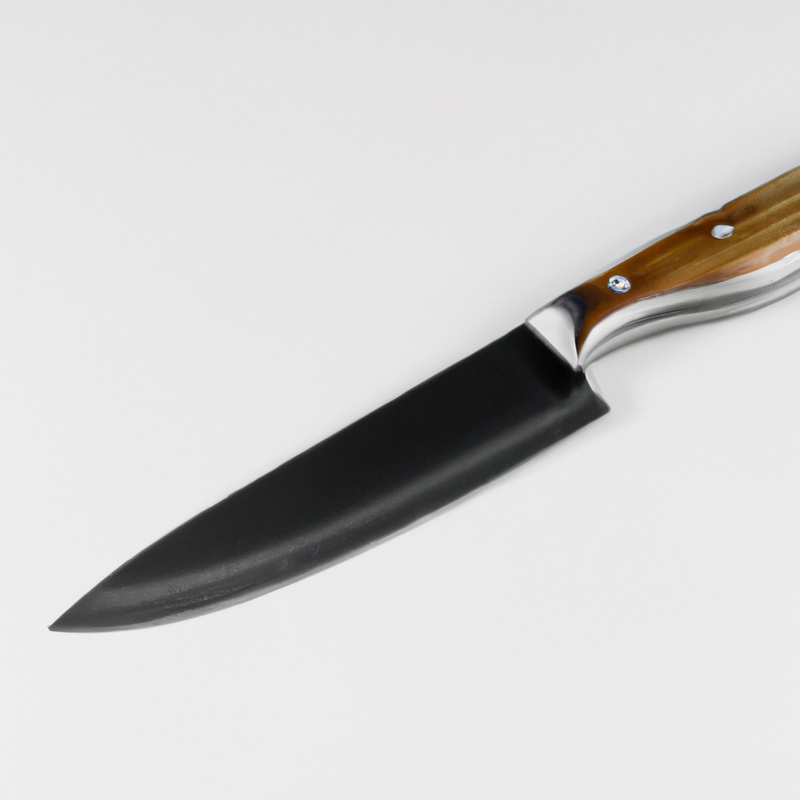
Preparing the Crappie for Filleting
Before filleting a crappie, it’s essential to properly prepare it. The first step is to clean the fish thoroughly.
Rinse it under cold water and remove the scales using a scaler or the back of a knife.
You can also remove the head and tail at this stage if you prefer. Next, use a sharp knife to make a shallow cut along the backbone of the fish from head to tail.
This cut will make it easier to fillet the fish later on.
Then, use scissors to cut the fins off and remove any remaining bones using a pair of pliers. Finally, pat the fish dry with a paper towel, and it’s ready for filleting.
Proper preparation can make the filleting process easier and more efficient, resulting in better fillets for cooking.
Starting the Filleting Process: Making the First Cut
To start the filleting process, place the crappie on a cutting board with the belly facing up and the head pointing away from you. Then, make a cut behind the gills and down to the backbone.
Use the backbone as a guide to cut down the length of the crappie, keeping the knife blade as close to the bones as possible.
Once you reach the base of the tail, cut through the flesh to separate the fillet from the remainder of the fish. Repeat the process on the other side of the crappie.
Making the first cut is critical, as it sets the tone for the rest of the process.
A sharp fillet knife and steady hands are crucial to making clean, precise cuts.
Removing the Fillet from the Crappie: Cutting Along the Bones
To remove the fillet from a crappie, you will need to make precise cuts along the bones. Start by locating the spine and making an incision down the length of the fish’s back.
Then, work your knife down the rib bones, taking care to remove as much flesh as possible.
Repeat this process on the other side of the fish to obtain two fillets. By cutting along the bones, you can ensure that the fillets are clean and bone-free.
Be sure to dispose of any bones or remaining fish parts properly to avoid contamination.
Getting Rid of the Skin: Techniques for Skin Removal
To get rid of the skin from the crappie fillet, you will need a sharp fillet knife and a cutting board. Start by placing the fillet skin-side down on the board and making a small cut along the outer edge of the fillet.
Then, using the knife blade at a slight angle, begin cutting between the flesh and the skin, keeping the knife as close to the skin as possible.
Pull the skin taut with one hand while using the blade to slice through the connective tissue that joins the skin and the flesh. Slowly and carefully work your way down the fillet, making sure to remove as much of the skin as possible.
Repeat the process on the other side of the fillet.
To ensure you have removed all of the skin, gently run your fingers over the flesh and check for any remaining tough or chewy skin. Once completed, rinse the fillets under cool water and pat dry with a paper towel.
Mastering skinning techniques requires practice and patience, but with time, you will perfect your filleting skills.
Preparing the Fillet for Cooking: Trimming and Cleaning
After removing the skin from the fillet, it’s time to prepare it for cooking by trimming and cleaning it properly. Use a pair of sharp kitchen scissors or a fillet knife to remove any remaining bones or scales, making sure to remove as little flesh as possible.
Check the fillet for any remaining pin bones by running your fingers over it and removing any that you find using needle-nose pliers.
Lastly, rinse the fillet under cold running water to wash away any remaining scales or debris. Pat the fillet dry with a paper towel before cooking.
Proper trimming and cleaning will ensure a better-tasting fillet and a more enjoyable eating experience.
Safety Tips: Proper Handling and Storage of Fillet Knife
To ensure your safety while filleting a crappie, it is crucial to handle and store your fillet knife properly. Keep the following safety tips in mind to avoid accidents and make your filleting experience more pleasant:
- Always use a sharp fillet knife to reduce the chances of the blade slipping and causing injury.
- Keep your fingers away from the blade while cutting. Place your free hand on top of the fish to create a barrier between your fingers and the blade.
- Use a cutting board or other stable surface to prevent the knife from slipping or wobbling.
- Keep the knife pointed away from you and others when not in use.
- Rinse the knife with hot water and soap immediately after use and dry it thoroughly.
- Store your fillet knife in a protective holder or sheath to prevent it from coming into contact with other objects and becoming dull or damaged.
By following these safety tips, you can protect yourself and prolong the life of your fillet knife.
Common Mistakes to Avoid While Filleting a Crappie
When filleting a crappie, there are common mistakes that you should avoid to ensure a clean and efficient process. These include starting the cut in the wrong place, not removing the rib bones properly, and leaving too much flesh on the skin.
It is also important to maintain a steady hand and apply the right amount of pressure to avoid unnecessary damage to the fish.
Additionally, using a dull blade can ruin the fillet and make the process more difficult. To avoid these mistakes, take your time, use proper techniques, and make sure your equipment is in good condition.
By doing so, you can ensure a successful filleting process and enjoy the delicious taste of your crappie.
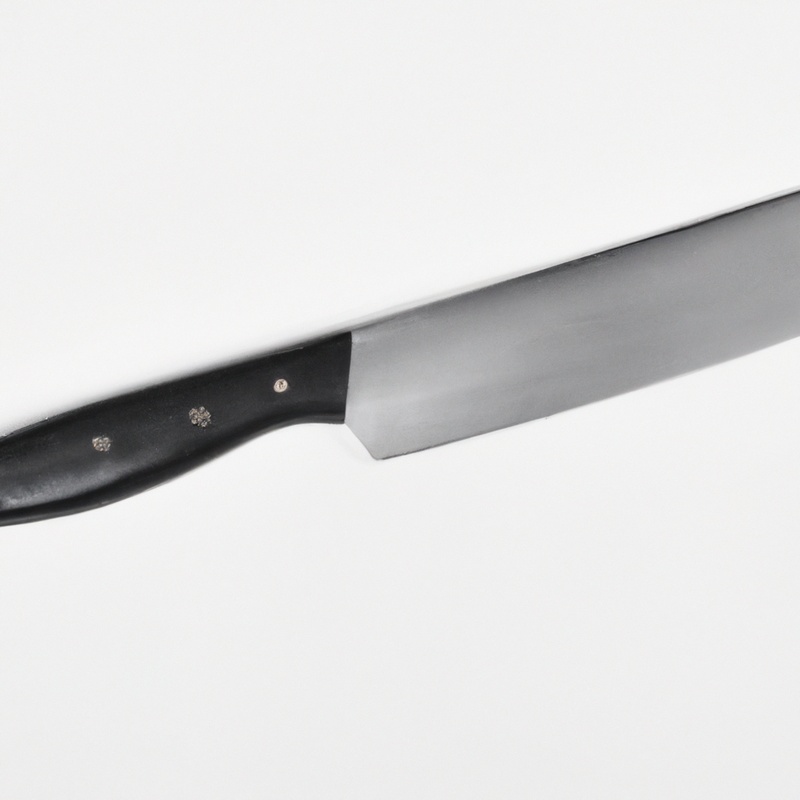
Expert Tips to Improve Your Crappie Filleting Efficiency
Expert Tips to Improve Your Crappie Filleting Efficiency:
- Use a sharp fillet knife: A sharp knife is essential for efficient filleting. Dull blades can lead to ragged cuts, which will ruin the fillet and make the process longer. Sharpen your knife before every use.
- Remove the backbone after making the first cut: Removing the backbone of the crappie after making the first cut will make it easier to remove the fillet. This saves time and reduces the risk of tearing the fillet.
- Utilize a fillet board: A fillet board provides a stable and secure surface to place the crappie when filleting. It also helps to keep the area clean and organized.
- Practice with smaller crappie: Practice filleting smaller crappie before attempting larger ones. This helps to improve your technique and efficiency.
- Watch tutorials and learn from experts: Watching tutorials and learning from experts can help to improve your filleting skills and efficiency. Keep practicing to perfect your technique.
Final Verdict
Filleting a crappie can seem daunting at first glance, but with the right fillet knife and techniques, it can be a rewarding and satisfying task for any fisherman or home cook. Understanding the anatomy of a crappie, making the first cut, removing the fillet from the bones, skinning the fillet, and preparing it for cooking are all essential steps in achieving the perfect fillet.
It is important to remember safety tips when handling a fillet knife, and to avoid common mistakes that can ruin a fillet.
By following the expert tips provided in this article, you can improve your crappie filleting efficiency and impress your friends and family with your culinary skills. With practice and patience, you can master the art of filleting a crappie and enjoy the delicious results of your hard work.
Trust yourself, invest in the right tools, and embrace the process, and you’ll be filleting crappie like a pro in no time.

